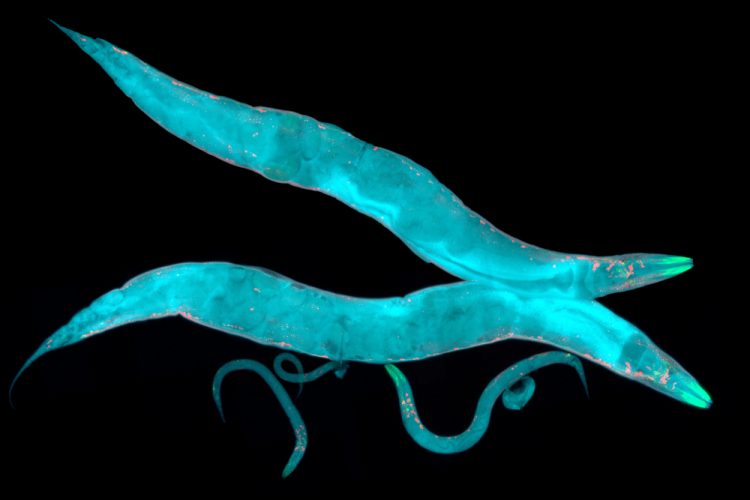Researchers find three drugs on market that induce side effects in C. elegans
Posted: 18 August 2020 | Victoria Rees (European Pharmaceutical Review) | No comments yet
A study has found that three prescription drugs on the market cause unexpected side effects in the C. elegans worm, meaning they could have unknown effects in humans.


A study of 1,443 medications has found that three prescription drugs currently on the market caused unexpected changes in worms that could point to potential, unrecognised effects in humans. The researchers, from the University of Maryland, US, used the worm C. elegans as it can serve as a tool to identify targets for drug safety or efficacy studies.
“We did not expect to see anything so dramatic and obvious, but three medications caused distinct physiological changes in these worms,” said Associate Professor Antony Jose, senior author of the study. “This really highlights how underexplored these drugs are.”
Jose emphasised that the study does not conclude that the three drugs, which have been approved by the US Food and Drug Administration (FDA), are toxic to humans or have unidentified side effects in humans. Instead, the research showed these drugs, which are currently on the market, may have impacts on cellular processes that have not been previously explored according to the scientific literature.
According to the researchers, C. elegans has thousands of genes that are similar to human genes and share similar biological functions, which is why the worms are sometimes used in early toxicity tests for new compounds. If further investigation reveals that the compounds affect genes or cellular processes in C. elegans that are shared with humans, additional studies may identify potential side effects or provide insights into how the drugs work on a molecular level that could improve future drug development.
In the current study, the team found that the anticoagulant ticlopidine and the antifungal sertaconazole caused bubbles that appear to be accumulated medication in the worms’ throats, physically distorting that part of their bodies. In some cases, the worms died after exposure to the drugs, but it is unclear whether death was caused by the accumulation in the throat or some other mechanism. Ticlopidine is sometimes used for preventing blood clots when a stent is inserted to open a patient’s blood vessel and sertaconazole is used to treat athlete’s foot.
The third medication, dexlansoprazole, is a proton-pump inhibitor used to treat heartburn. This medication caused moulting defects in the worms. Although humans do not moult, the C. elegans genes involved in moulting are similar to human genes involved in secreting collagen, which is the main structural component of connective tissues, such as skin and cartilage. The researchers say this means the molecular processes that enable moulting in C. elegans could be similar to those that enable collagen secretion in humans and if the medication interrupts one of those processes, it may also affect collagen secretion in humans.
The current study suggests that evaluating medications already on the market using a simple, well-studied organism like C. elegans could provide an easy, inexpensive method to identify areas where further research could be useful.
“To think about unforeseen risk, we need a different mindset,” Jose said. “Even the most commonly used drugs are not exhaustively studied before they make it to market. But we may think that just because they are so commonly used, we must already know everything about them. The more people are exposed to a drug, the more we need to study it.”
The findings were published in Chemosphere.
Related topics
Related organisations
University of Maryland, US Food and Drug Administration (FDA)









